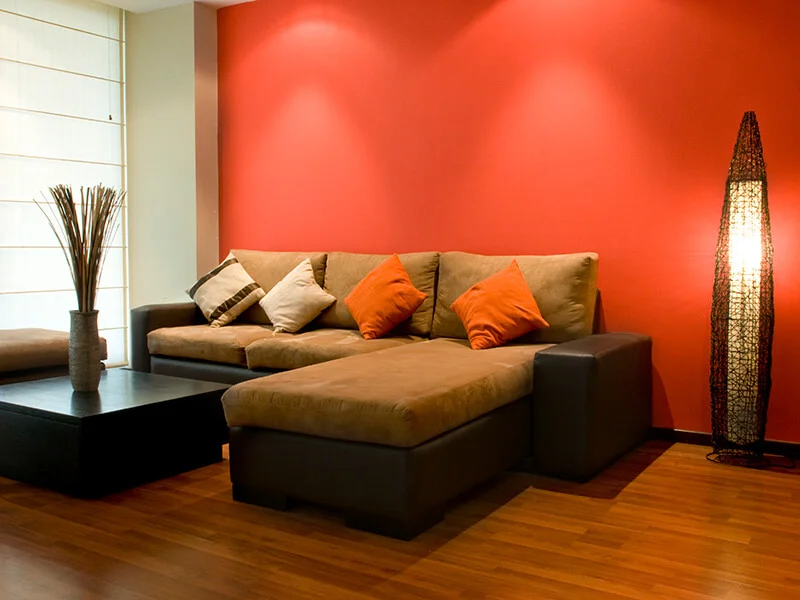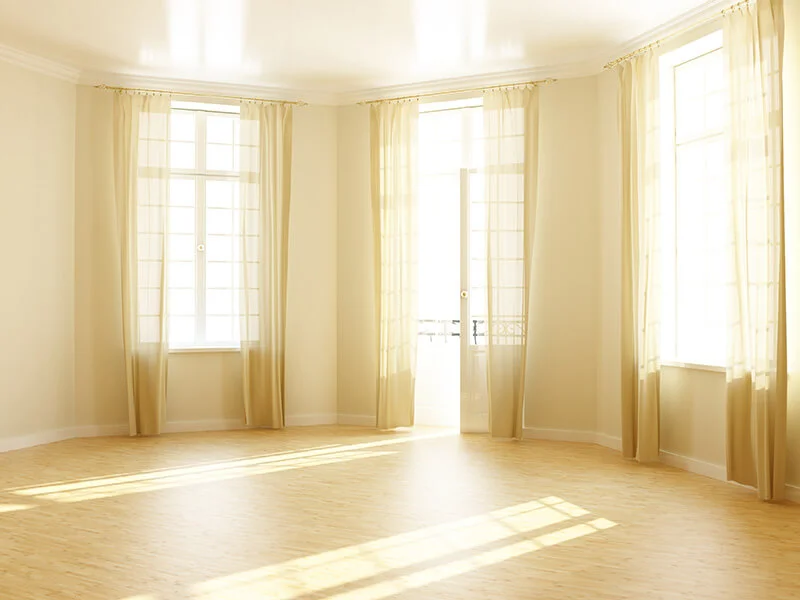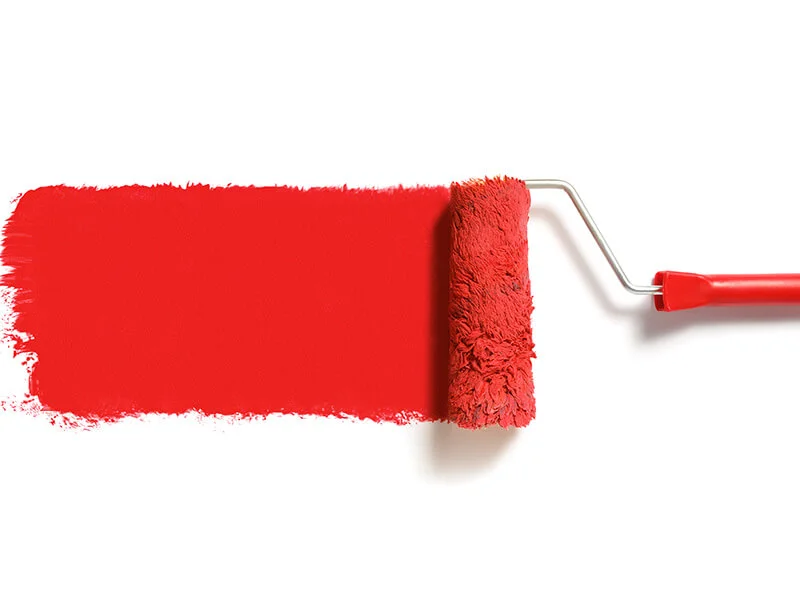A Hassle-Free Guide to Picking the Best Interior Colours for Your Home
- Blog
- Brett

The whole process of home construction has been stressful for you and your family. But now that it’s nearly finished, you can finally take a breather and focus on picking the best colours for your rooms. Here are some tips from the experts from BJC Painting Services on how to choose the best colour for your house.
Think about the meaning of the colour you are planning to use

When choosing the right shade for your living room or bedroom, you should first consider what the colour signifies. If you want warm, vibrant, and happy colours, then you might want to consider vibrant oranges orange, fiery reds, and eye-catching yellows.
But if you want cool, calm, and refreshing colours that remind you of nature, then check out relaxing blue, green, and purple paints.
Neutral colours, such as white, black, and brown, bring to mind simplicity and sophistication. You can frequently find these colours in minimalist, Scandinavian-style, and contemporary homes.
Consider the location of the room
Another important consideration when choosing the perfect paint colour is the room’s layout and whether it is positioned to receive direct sunlight. A room that faces south, for example, doesn’t receive a lot of sunlight, so it will be darker during much of the day. You can make the room brighter by choosing a lighter colour, such as pure white, pale yellow, or white with a hint of blue or peachy undertone.

Other factors you need to consider include the number of windows the room has, as well as which direction they face. Trees, adjacent buildings, and other landscaping elements outside the house can also affect the appearance of the room, as well as the amount of light that enters it.
Go for pure white as the room's base
White and its variations are some of the safest choices of paint colour you can make. This homeowner’s favourite looks good when used as a base as it signifies cleanliness, spaciousness, and freshness.
But there’s a catch. Before you buy that can of paint, consider the undertones first. While it’s the most versatile colour you can find, it can sometimes feel a bit sterile and gloomy thanks to certain undertones. You can tell your painter to paint the walls true white if you want one that has no undertone in it. Steer clear of white paint with grey or blue undertone as it could make the room a bit dreary especially if it doesn’t receive a lot of sunlight.
Perfect the accents
Accents tie all the room’s elements together, and like a good pair of earrings or a brooch on an outfit, its colour can make or break the room’s overall design. If you want to learn which colour complements each other, then learn how to use colour wheels or get a paint colour swatch.
Inspiration all around
If you have trouble selecting the right interior paint colour, then it’s time to check out local magazines for inspiration. You can also use social media and other websites to look for inspiration.
It’s time to experiment

Once you’ve found the perfect paint colours, then it’s time to experiment to see if it looks good on your wall. Choose different walls in your home to see how the colours look in well-lit or dark areas. Ask for sample cans of paint (sometimes they’re free, sometimes you have to pay a nominal price for them) and apply them on your chosen walls. Paint a broad strip of light coat on the wall first, then paint a second stripe on the wall, but make sure to add a second coat this time. If you’re not ready to paint on the wall, then try it on a piece of paper taped to your wall.




